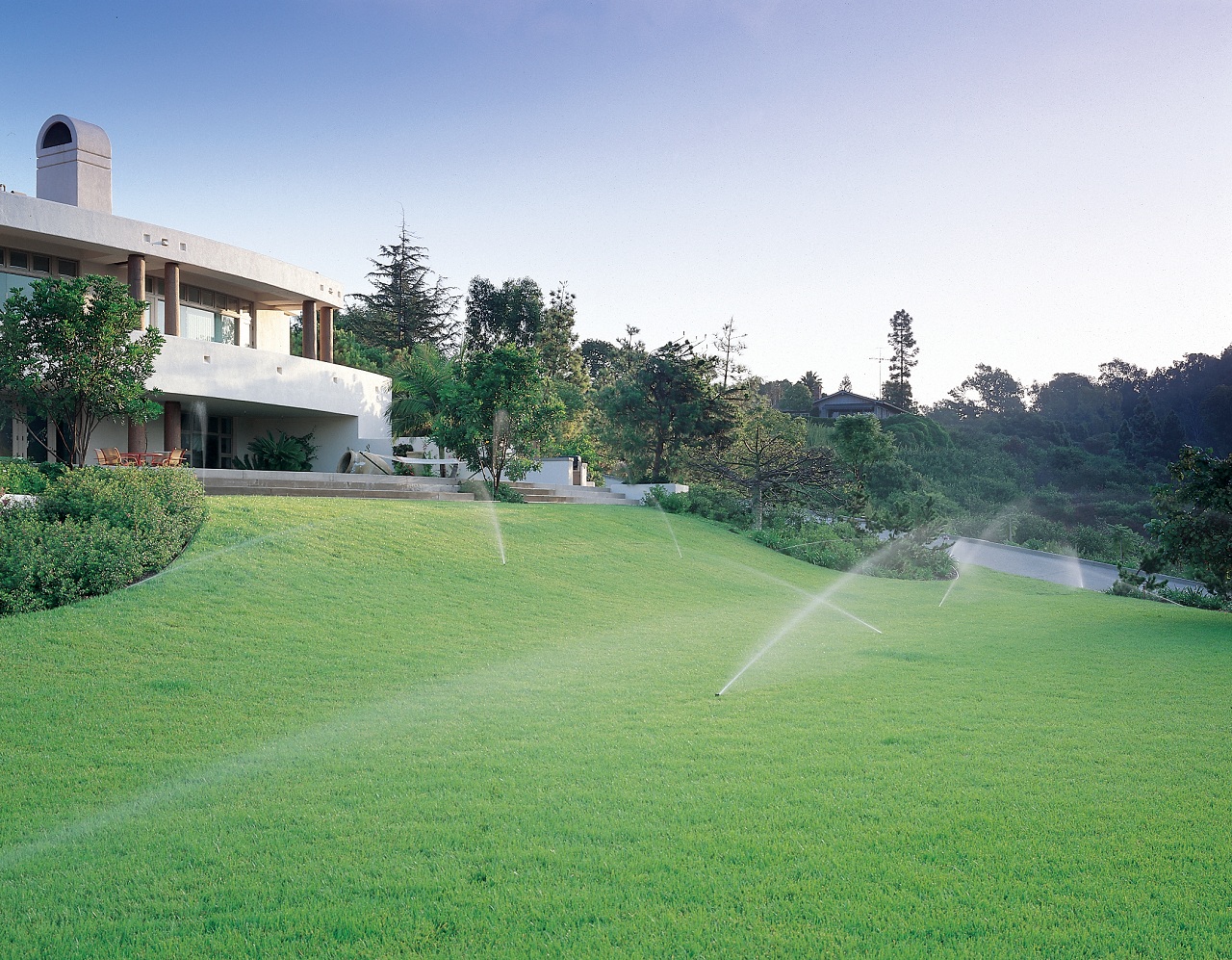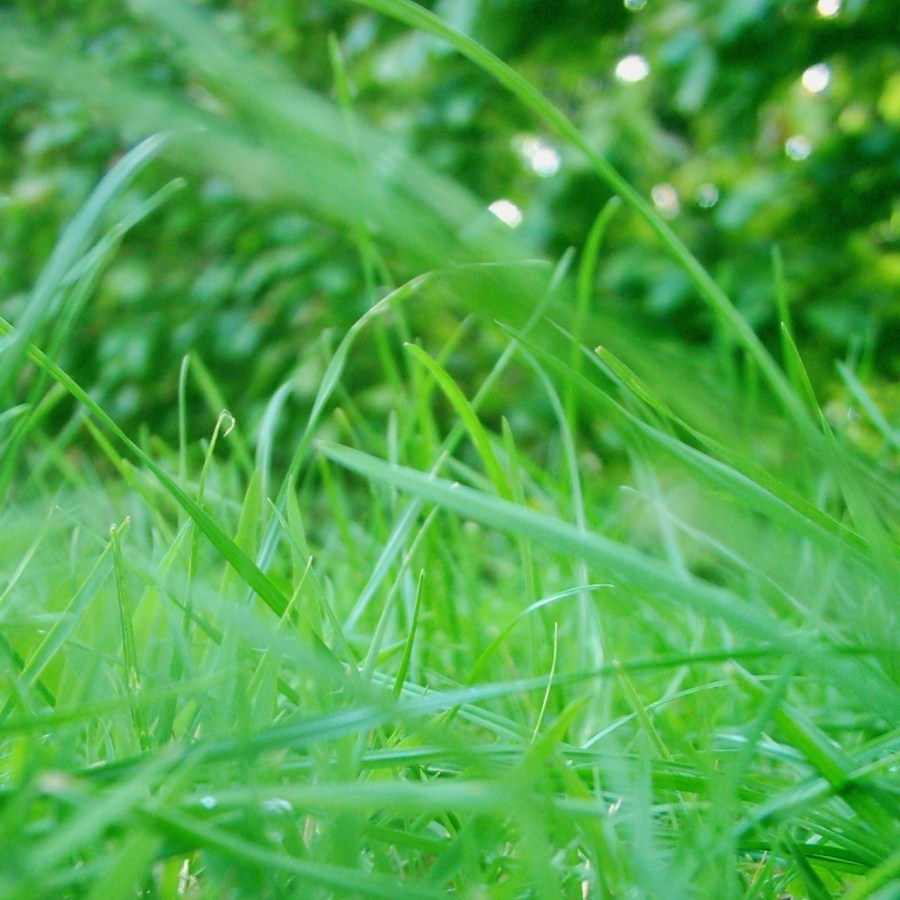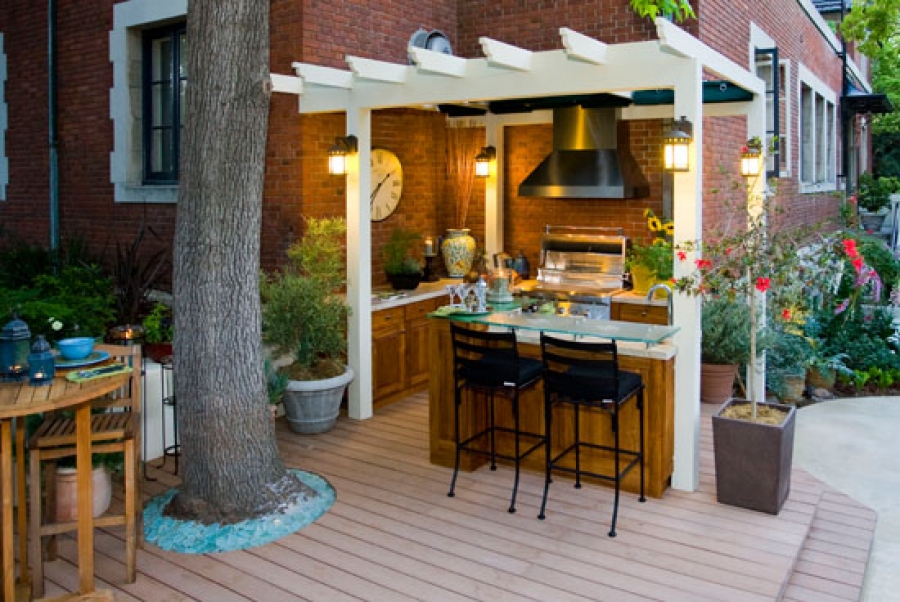Maintenance Tips: Automatic Sprinkler Systems
Video
Maintaining your sprinkler system will conserve water and save money. This article will show you how to use an irrigation system to more efficiently water your lawn, garden, or landscaping.
Similar to any other product installed in your home, an automatic sprinkler system needs to be properly maintained. An automatic sprinkler system that is not properly maintained will waste water and be a detriment to the upkeep of your lawn and landscaping. Protecting your investments with regularly scheduled maintenance will ensure that your automatic sprinkler system operates efficiently throughout the year.
Spring Maintenance
Every year, prior to the arid months of summer, a sprinkler system should be turned on: its control panel should be plugged in and adjusted, water should be slowly turned on, and each zone of the system should be run on a short cycle to allow for a visual inspection. In the spring, grass has a tendency to grow over the tops of sprinkler heads, preventing them from opening. A visual inspection should be performed to ensure that each head opens properly.

Broken, clogged, and misaligned heads; broken pipes; and inadequate water pressure are common problems caused by normal wear and tear that can be identified by the visual inspection recommended above. Repairing a problem may be as easy as cleaning and replacing components or may require the services of a professional irrigation contractor.
Clogged sprinkler heads should be cleaned out.
Misaligned sprinkler heads should be repositioned and their spray should be adjusted for proper coverage with a sprinkler head adjustment tool.
Broken sprinkler heads and pipes can be repaired or replaced by a knowledgeable homeowner or professional contractor. System parts are available at your local home improvement store or from a professional irrigation distributor.
Water pressure issues should be handled by a professional contractor who has specialized tools and parts to determine the actual water pressure and make the necessary repairs or adjustments. Low water pressure will not adequately water your lawn, while high water pressure can cause damage to sprinkler heads.
Backflow prevention assemblies are usually installed inline with your sprinkler system water supply, after the main water control valve. The assembly is important to your health and safety, preventing water used to irrigate your lawn from returning to the indoor water lines and contaminating your home's water supply. Some cities and municipalities will test or require a yearly test of the backflow prevention assembly by a certified professional tester. You should contact your local authorities to determine the requirements for your locale.
Summer Maintenance
When summer starts to heat up and the spring rains have passed, your sprinkler system should be in tip-top shape. Although your sprinkler system may be properly functioning in the spring, you shouldn't forget about it during the summer. In order to ensure that your system operates properly and does not waste water, it is good practice to check it during the daytime on a monthly basis. A sprinkler maintenance checklist (this one was developed by Utah's Division of Water Resources) will help you to maintain your irrigation system and note any damage to your sprinklers. Any necessary repairs or adjustments should be made as soon as possible. During the summer months, zones may require more or less water depending on heat and rainfall. Making the proper adjustments as needed will ensure that your lawn is adequately watered.
Winter Maintenance
As summer months pass and the cooler weather of fall creeps in, keep up with your monthly maintenance checks and continue to adjust your controller run times for maximum water savings. If your sprinkler system is installed above the frost line, you should winterize your sprinkler system before the first freezing temperatures. Winterizing an automatic sprinkler system is accomplished by blowing all of the water out of the system with an air compressor. Although some systems have drains, it is still good practice to blow them out, as any residual water has the potential to freeze, expand, and crack the system's pipes and fittings. Some may lead you to believe that blowing out your sprinkler system can be done with a standard low-cost consumer air compressor; however, consumer air compressors lack the proper air volume. Troy Leezy of Hunter Industries identified the requirements of an air compressor for such use: "Two critical components of a proper system blow out are the correct cubic feet per minute (80–100 CFM) and air pressure (which should never exceed 80 PSI). Attempting to winterize an irrigation system outside of these parameters could result in extensive and costly damage to the irrigation system." Unless you are knowledgeable and have access to proper equipment, it is a good idea to let a professional irrigation contractor blow out your system. Depending on the size of your irrigation system, it may take your contractor 30 to 60 minutes to sufficiently remove water from each irrigation zone, after which the sprinkler system's controller should be disconnected from the power supply.
- Residential_Sprinkler_System_Design_Handbook.pdf (11311 Downloads)
- Winterizing_Your_Irrigation_System.pdf (4030 Downloads)

Buildipedia Staff
The Buildipedia research and writing staff consists of dozens of experienced professionals from many sectors of the industry, including architects, designers, contractors, and engineers.
Website: buildipedia.com/



